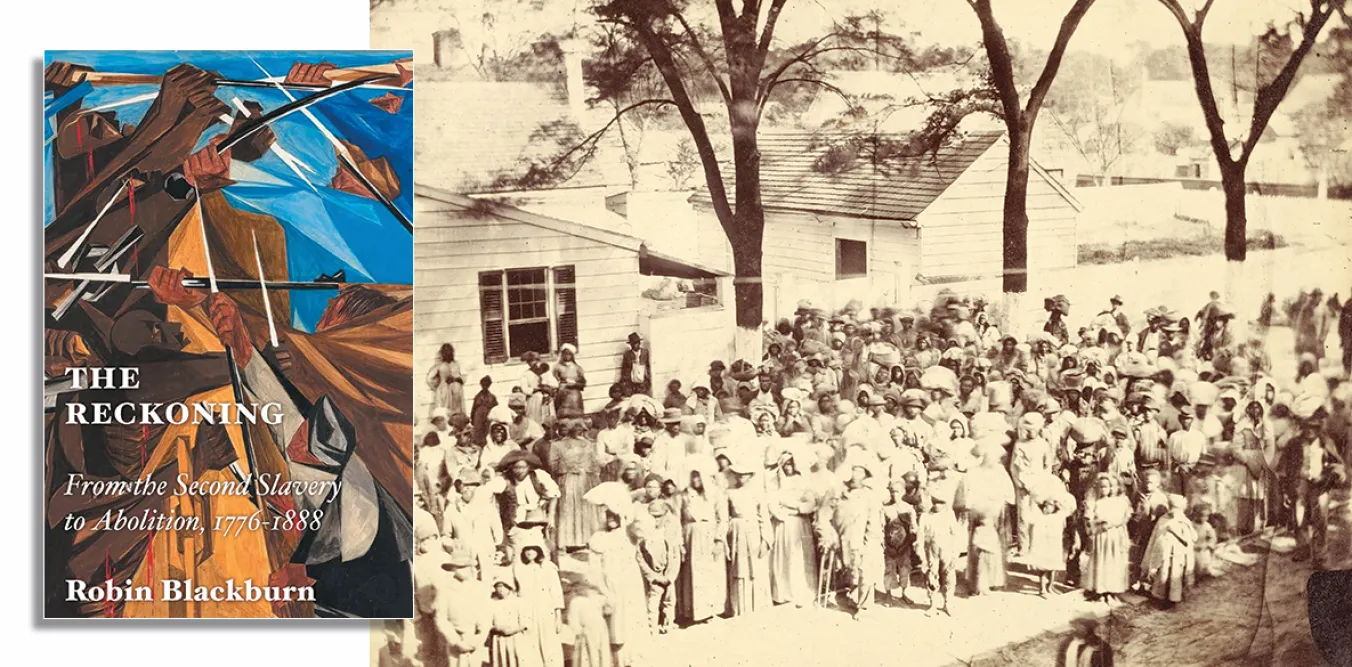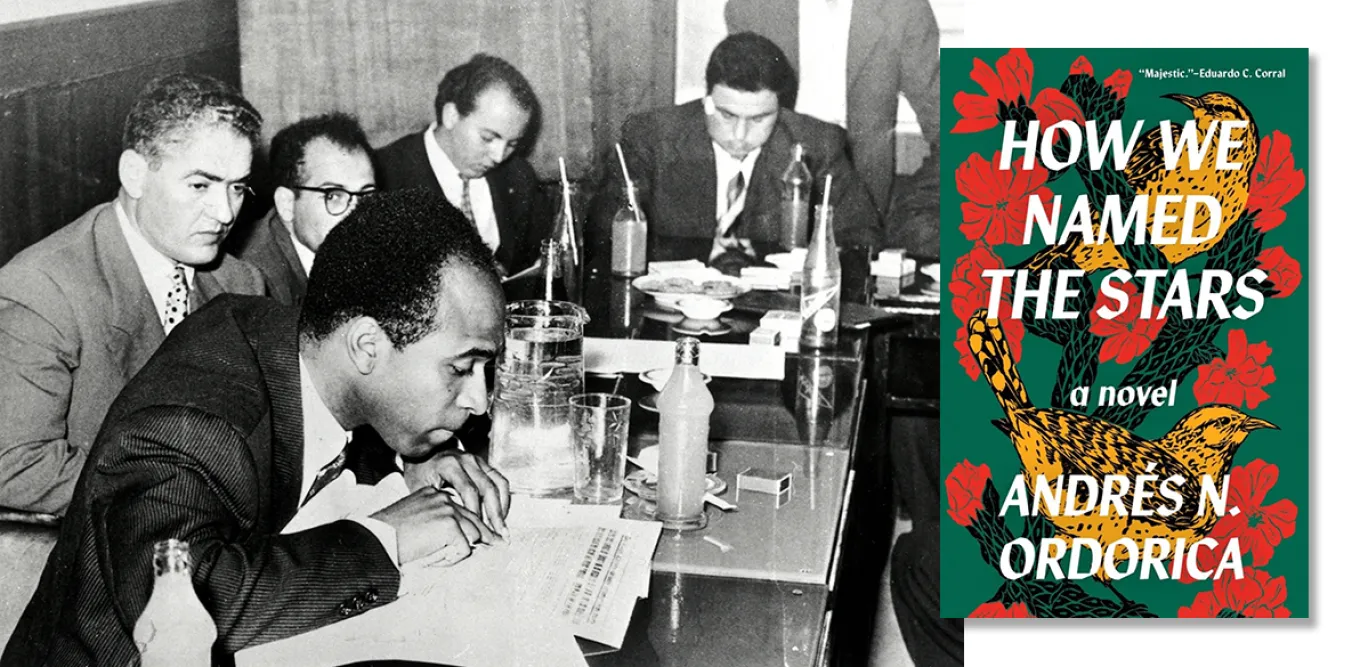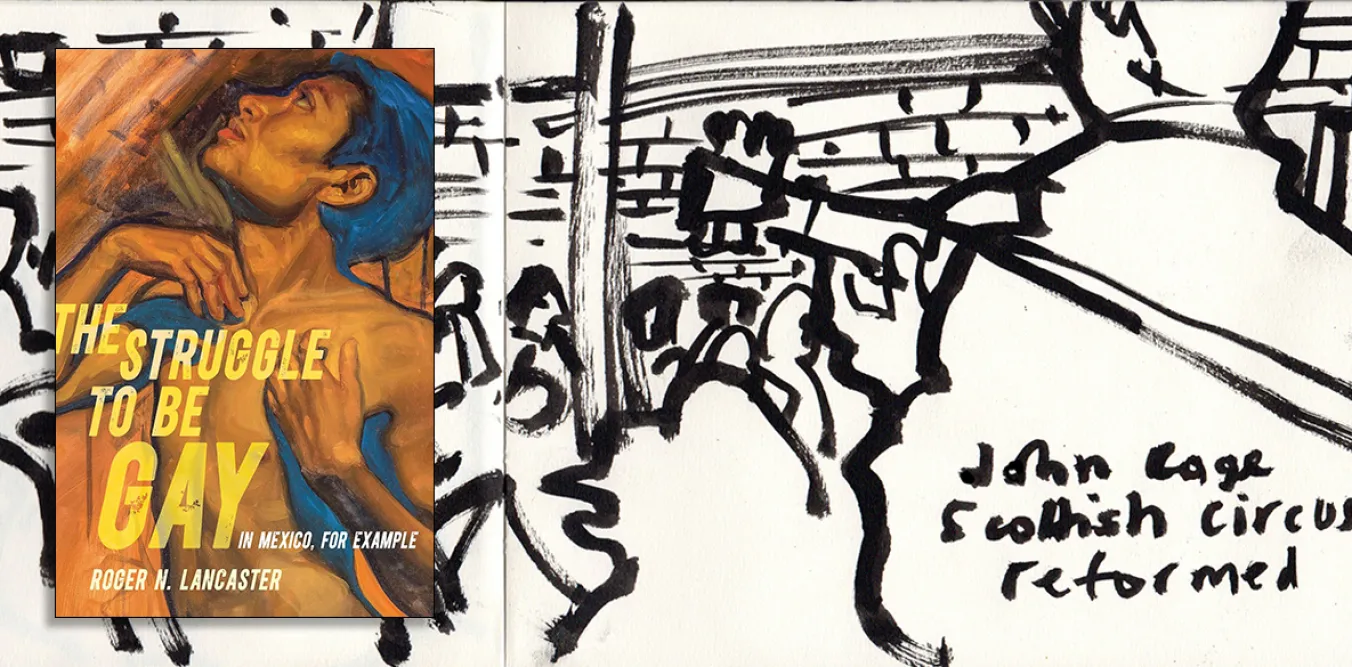
The Reckoning: From the Second Slavery to Abolition, 1776-1888
Robin Blackburn
Verso, £35
IT IS quite reasonable to argue that the enslavement of Africans and their descendants in the British colonies and the United States is the foundation of the US empire. Of course, the entire truth is considerably more complex, just like the mechanisms of slavery in the United States involved more than kidnapping humans and making them work on a plantation.
This understanding underpins the fourth and final volume of historian Robin Blackburn’s history of slavery, The Reckoning: From the Second Slavery to Abolition 1776-1888.
The year 1776 is marked in the US as the year the war for the colonies’ independence from the British Crown became a full-fledged military conflict. It is also the year that the oft-quoted words of the colonies’ declaration of independence were composed, signed and transmitted to the people in those colonies.
















